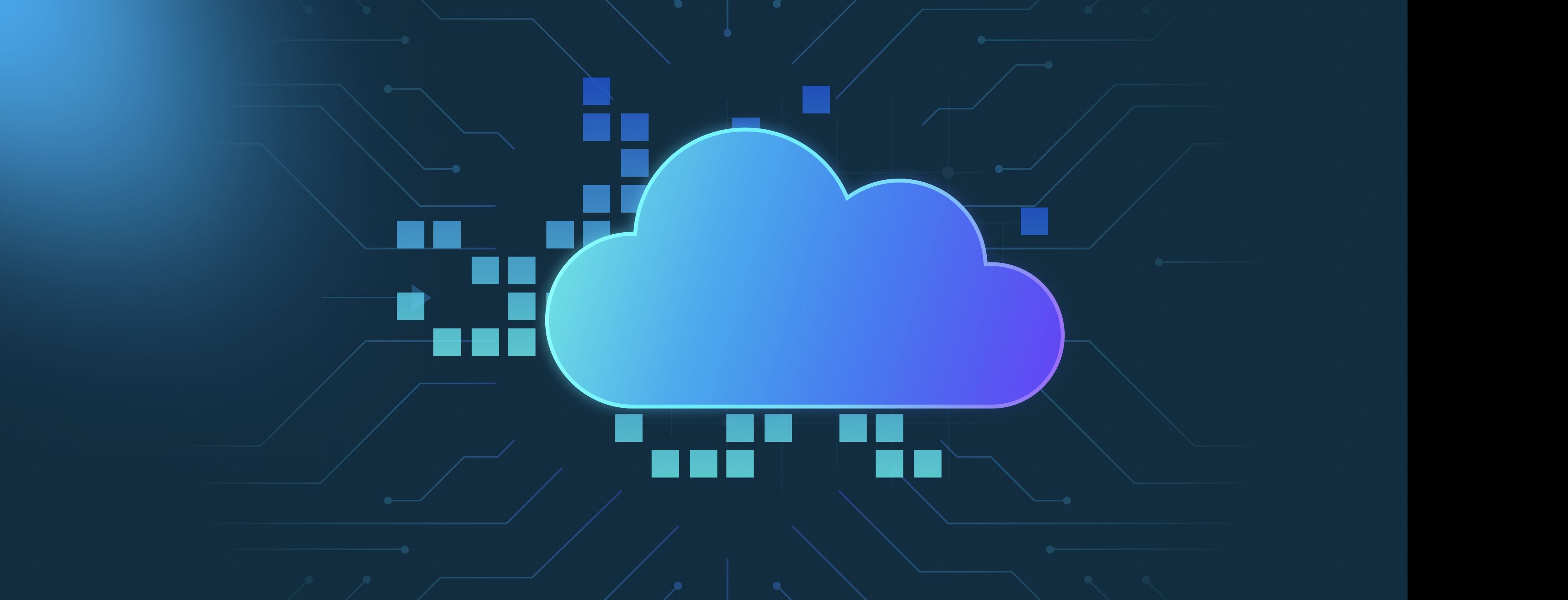Edge AI models typically offer faster response times compared to cloud-based AI models. This speed advantage comes from the fact that edge AI involves processing data locally on device hardware, such as smartphones, IoT devices, or embedded systems. Since the data does not need to be sent to a remote server for analysis, latency is significantly reduced. For example, an edge AI camera can identify objects in real-time without needing to send video footage to the cloud. This immediate processing can be crucial for applications like autonomous vehicles, where quick decision-making is necessary to ensure safety.
In contrast, cloud-based AI models require data to be transmitted over the internet to a data center, where processing occurs before results are sent back to the device. This process inherently introduces delays, which can be problematic in time-sensitive applications. For instance, cloud-based AI used in smart cities for traffic monitoring could lag behind real-time conditions since it needs to wait for data uploads and downloads. The delay can lead to missed opportunities for optimizing traffic flow or responding to incidents promptly, making cloud-based solutions less ideal for applications that demand immediate insights.
However, it is essential to consider the trade-offs between edge and cloud-based AI. While edge models offer speed, they might be limited in processing power and storage due to the constraints of on-device hardware. Cloud-based solutions, on the other hand, can benefit from powerful computing resources and larger datasets, which might enhance their accuracy and capabilities for complex tasks. Therefore, choosing between edge AI and cloud-based models should involve evaluating the specific requirements of the application, including the need for speed versus the need for comprehensive analytics.
